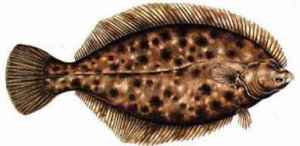“Sand shark” can be a bit of a catch-all term, but it seems to most commonly refer to the sand tiger shark, Charcharius taurus. Sand tigers are an interesting case study in form following function in shark teeth. Sand tigers have long, narrow, prong-shaped teeth—like the tines of a fork. Their teeth are perfectly shaped for spearing slippery prey like fish and squid. But while slippery swimmers make up the bulk of their diet, it is worth pointing out that sharks are always opportunistic. Sand tigers are not above snapping up a wayward crab or lobster.
Jim Wharton
Vice President, Education Division, Director, Center for School and Public Programs, Mote Marine Laboratory









What people are saying …